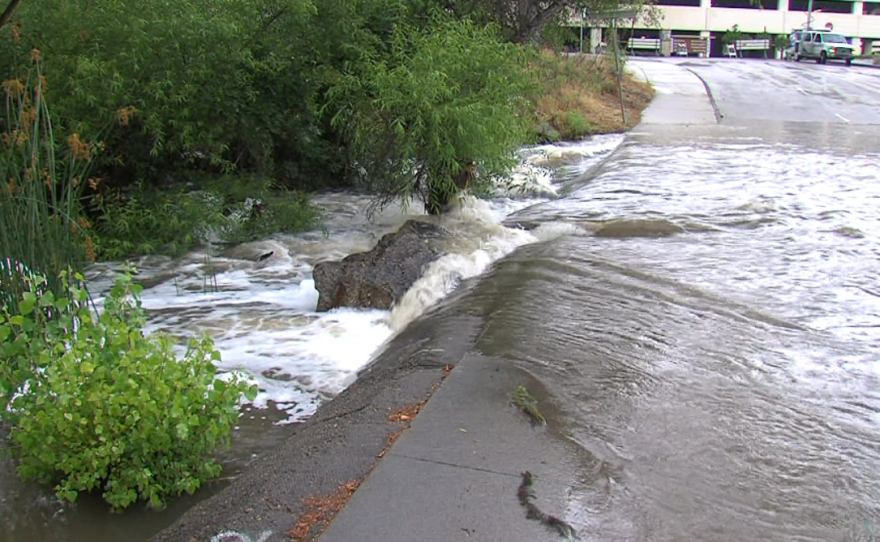Amid the historic drought, concerns are growing over potential floods, coastal erosion and mudflows as forecasters warn a "strong" El Niño could begin ushering sustained rains to the San Diego region by November.

The highly-watched forecast has San Diego city leaders and emergency officials preparing. San Diego fire, police, lifeguards and other department leaders gathered Thursday for the first of several planning meetings.
“Mudslides are going to be one of our main concerns,” said Jose Ysea, a spokesman for the city of San Diego.
“Flooding is really going to be a big one and landslides of course because the ground is so dry that water doesn’t seep in as it should," Ysea said. "So it’s just going to flush right down the slopes and the hillsides.”
In addition stocking up on sandbags, barricades and emergency supplies, the city is working on a public outreach campaign.
“To let people know that hey, you know, this is coming, it’s being predicted as a big one and stay tuned as to what information we’re going to be providing and what they’re going to need to do to protect themselves,” Ysea said.
During the last severe El Niño in 1997 and '98, nearly 18 inches of rainfall soaked San Diego, causing flooding and extensive coastal erosion.







